GDC 2025 presented a wide array of lectures and panels on XR and VR, with much of the focus revolving around Meta’s Quest platform. This prominence wasn’t just due to Meta’s status as the market leader in XR or the relevance of its products to game developers. Nor was it solely because of the accessibility provided by its latest headset, the Quest 3S, or even its sponsorship of an entire “Future Realities” day dedicated to XR development and marketing. Rather, it was the strategic direction Meta unveiled at the conference that signaled significant shifts likely to shape the broader future of XR and VR.
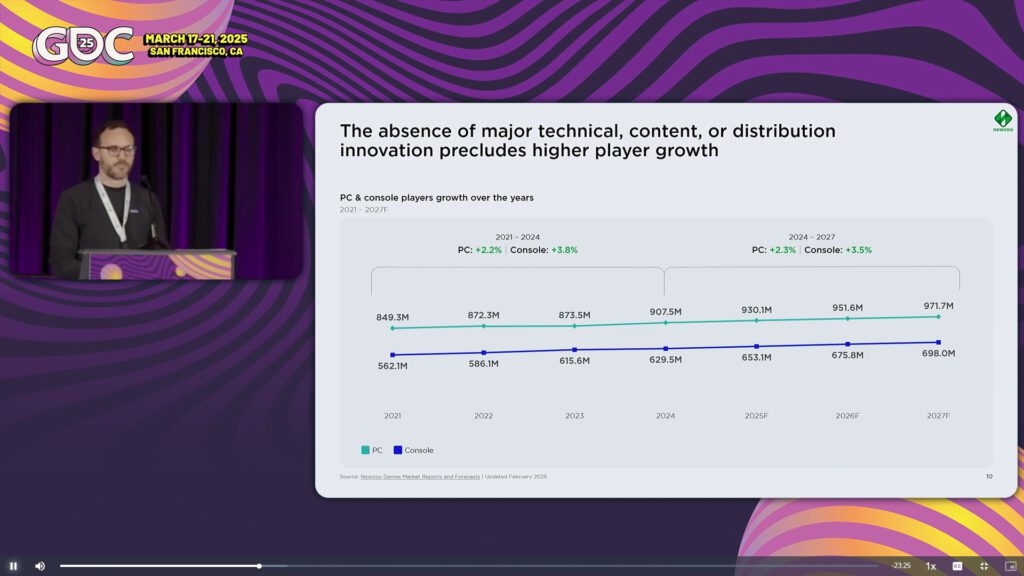
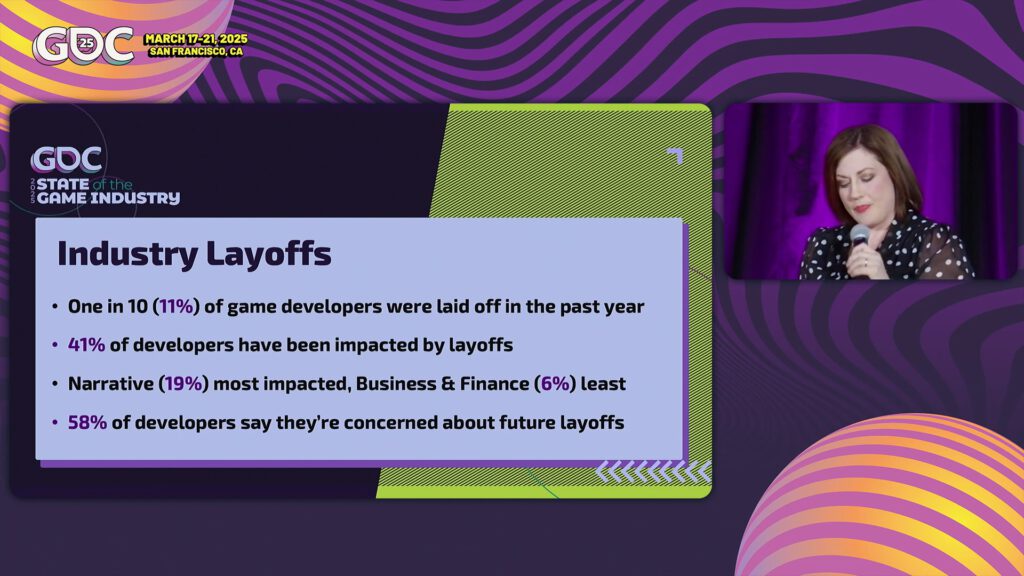
For developers working on larger-scale VR games and premium licensing productions, the limited computing power of the Quest 3S remains a technical constraint compared to traditional flat-screen game platforms. Accordingly, talks such as those on Meta’s flagship title Batman: Arkham Shadows and Survios’ Alien: Rogue Incursion highlighted innovative approaches to managing lighting and optimizing rendering performance. Location-based entertainment providers also shared insights into accessibility issues and design strategies for co-located multiplayer VR experiences.
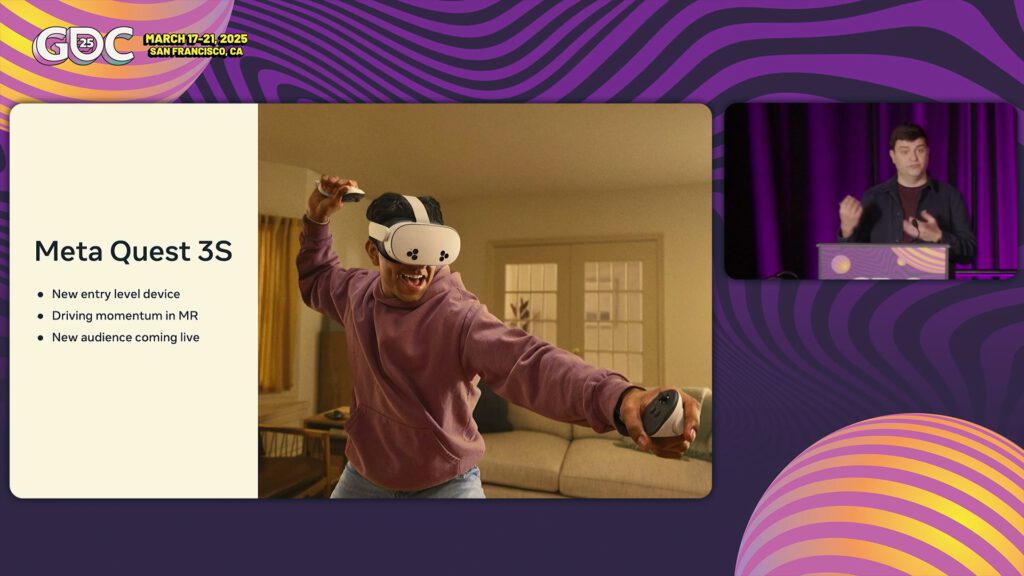
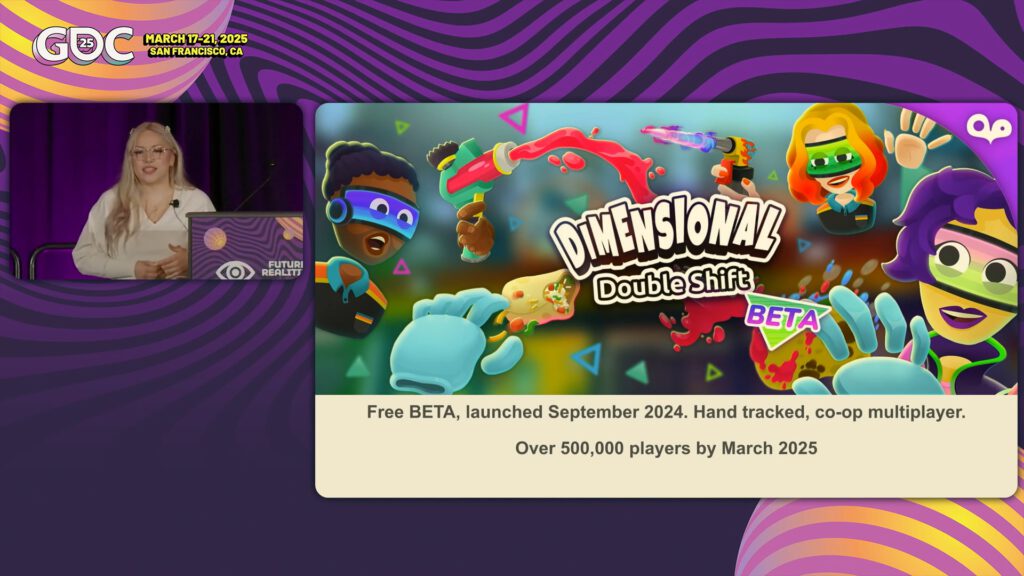
However, the bulk of the XR programming centered on mobile XR applications and monetization models for Meta Quest and Meta Horizon. Building on user data and recent platform successes, Meta is now strongly promoting multiplayer games with simplified mechanics, casual role-playing elements, and basic user-generated content (UGC) tools. This approach positions Meta Horizon as a foundational hub for lightweight, mobile-first mini-games aimed at attracting younger audiences and fostering long-term platform engagement. The trend is clear: VR gaming is evolving into a live service model, emphasizing free-to-play access with layered monetization strategies that align with Meta’s broader business ambitions.
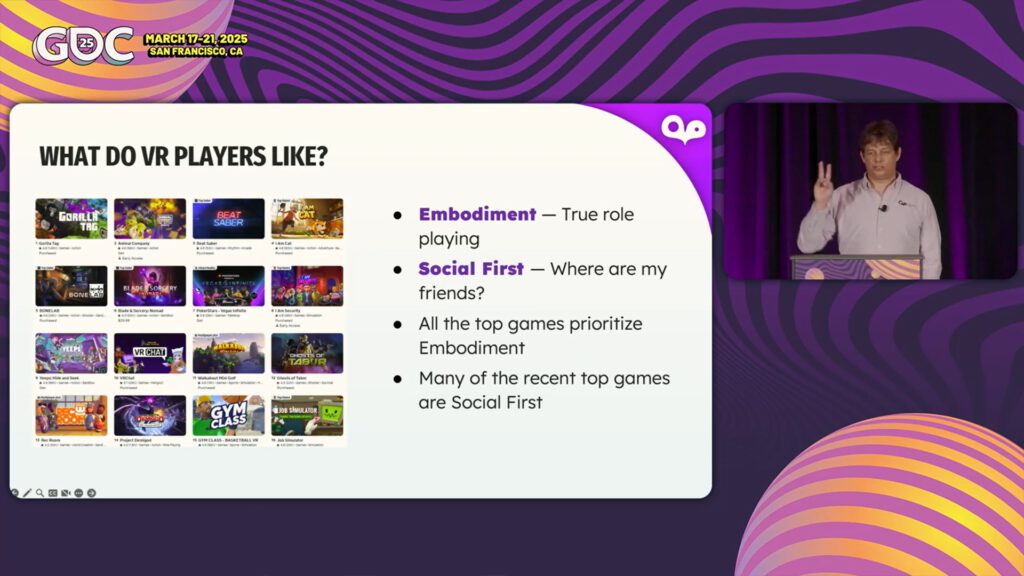
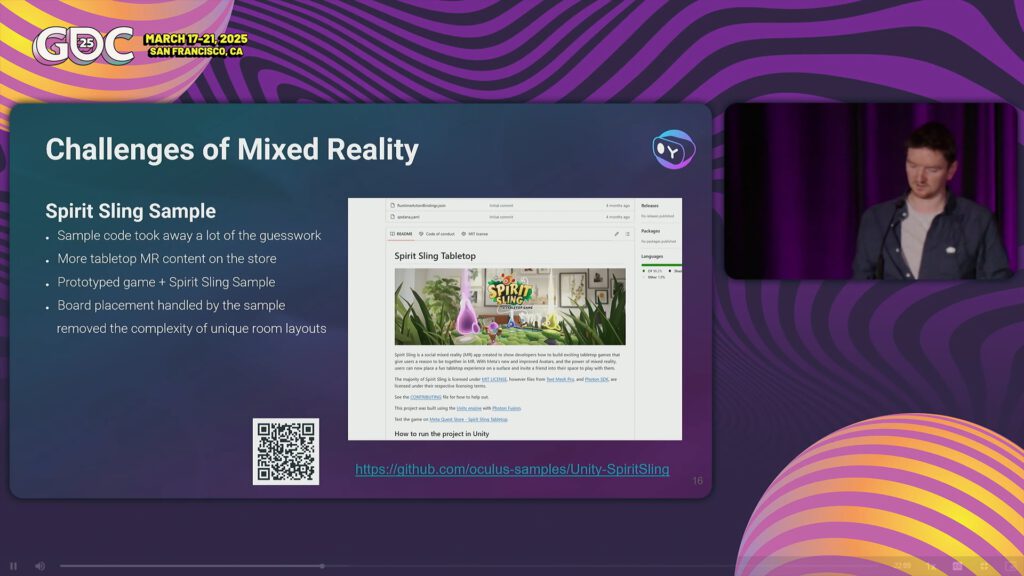
In support of greater accessibility, Meta is increasingly emphasizing mixed reality (MR) and hand-tracking features over traditional immersive VR. This shift favors short-form, visually impactful experiences that integrate with users’ physical environments via passthrough technology, rather than expansive virtual worlds. Multiplayer games centered on everyday activities and co-located social interaction are becoming a priority, reinforcing Meta’s core goal of connection over immersion. This strategic pivot aligns with their push into consumer wearables and smart glasses—devices that prioritize seamless, fashionable integration into daily life over high-end technical capabilities for the ‘VR Elite’ (quote Meta).
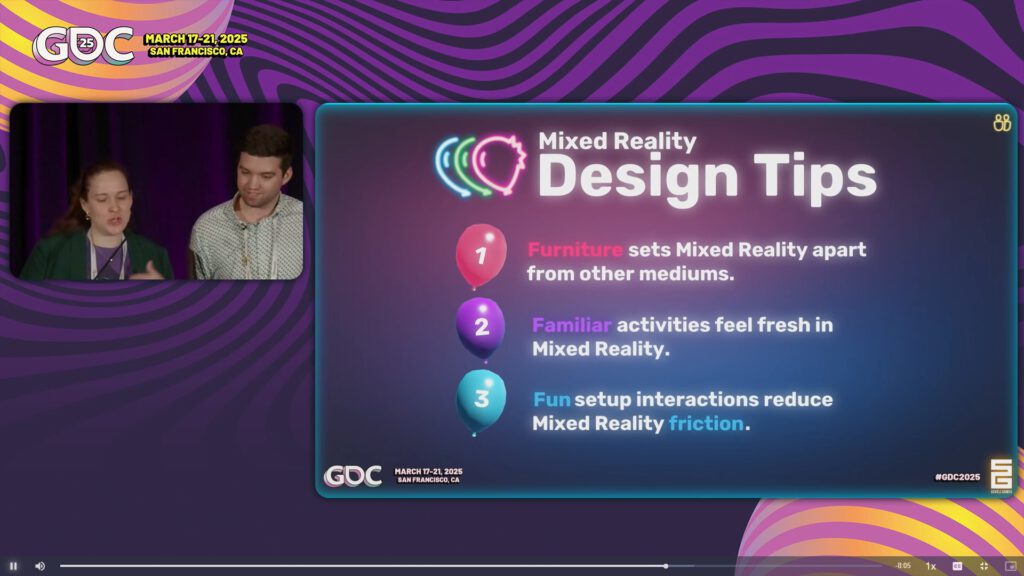
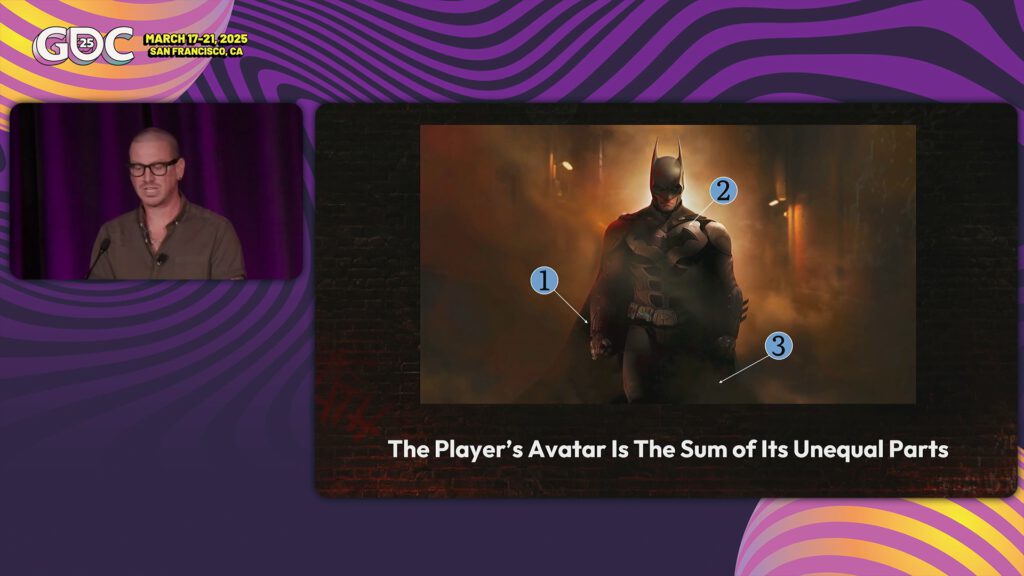
Overall, GDC 2025 highlighted Meta’s continued transformation of the XR landscape—from immersive, high-fidelity experiences toward accessible, socially-driven, and monetizable mobile platforms. As Meta reshapes its ecosystem to cater to casual users and everyday use cases, the future of VR appears increasingly anchored in utility, connectivity, and lifestyle integration rather than in alternative reality perspectives. This shift was underscored by the noticeable absence of other major players in the VR gaming space: neither Sony’s PSVR2 console nor Valve’s rumored PCVR headset, “Deckard,” made a significant appearance on the show floor. Up to now, Quest3/S could only restructure the standalone VR market without expanding it. While general games market analysis points to a clear need for innovation to counteract stagnation, the industry continues to lean heavily on short-term monetization strategies and service models – offering little indication of a long-term vision for VR’s evolution

